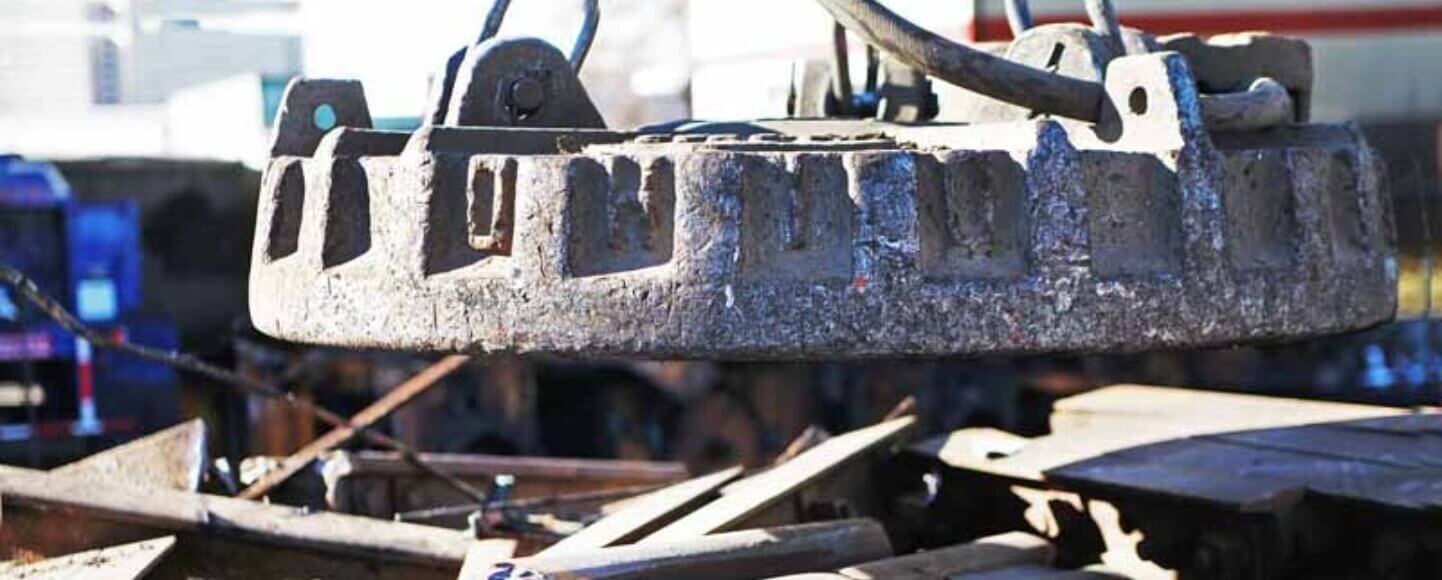Living green doesn’t just benefit you, it benefits the environment too. So if you’ve got scrap metal in your backyard or storage and you’re looking to unload them, why not try out a recycling facility? Don’t know where to start looking? Here are a few helpful tips for you:
Make a list
List down all the materials you want to bring to the recycling service, whether that’s scrap metal, paper or something else. Once you know what these are, time to go around and look for recycling plants. Check out what materials they accept. Keep looking until you find a recycler that fits the bill.
Compare the costs
Along with the materials, list down how much the companies charge for their service. Listing down all those metal prices, for instance, should give you a good idea of the average cost for the materials you have. As a result, you’ll know which scrap prices are fair and which ones are not. This should make it easier for you to pick which recycling shop to go for. In addition, you won’t have to worry about being scammed or taken in by an unscrupulous recycling shop. Knowing what the average ballpark is for scrap metal prices, you’ll know enough to steer clear of those dodgy establishments. And if you’ve got fine negotiation skills, you can also argue for a fairer price.
Check for a license
However, not all recycling shops out there are licensed to safely and legally get rid of certain types of waste. So make sure you pick a recycling that’s been licensed for the materials you have. That’s one way to ensure they follow the right processing standards and restrictions for the best results.
Do your homework
You might want do a little bit of research about the recycling company. Is it under investigation? Was the company ever fined for violating several environmental laws in the past or recent months? Then that company might not be your best bet if you want your scrap materials to be handled andrecycled properly.
Ask about the process
A credible recycling shop or facility will have no trouble providing you with the answers you need. They’re sure to guide you through the process. So if you’re just getting vague answers in return, you might want to look for help elsewhere.
Finding a credible recycling facility might not be easy. But with these tips, your search should go much faster. For more information on recycling services in Newark, NJ, contact us at HCmetals.


